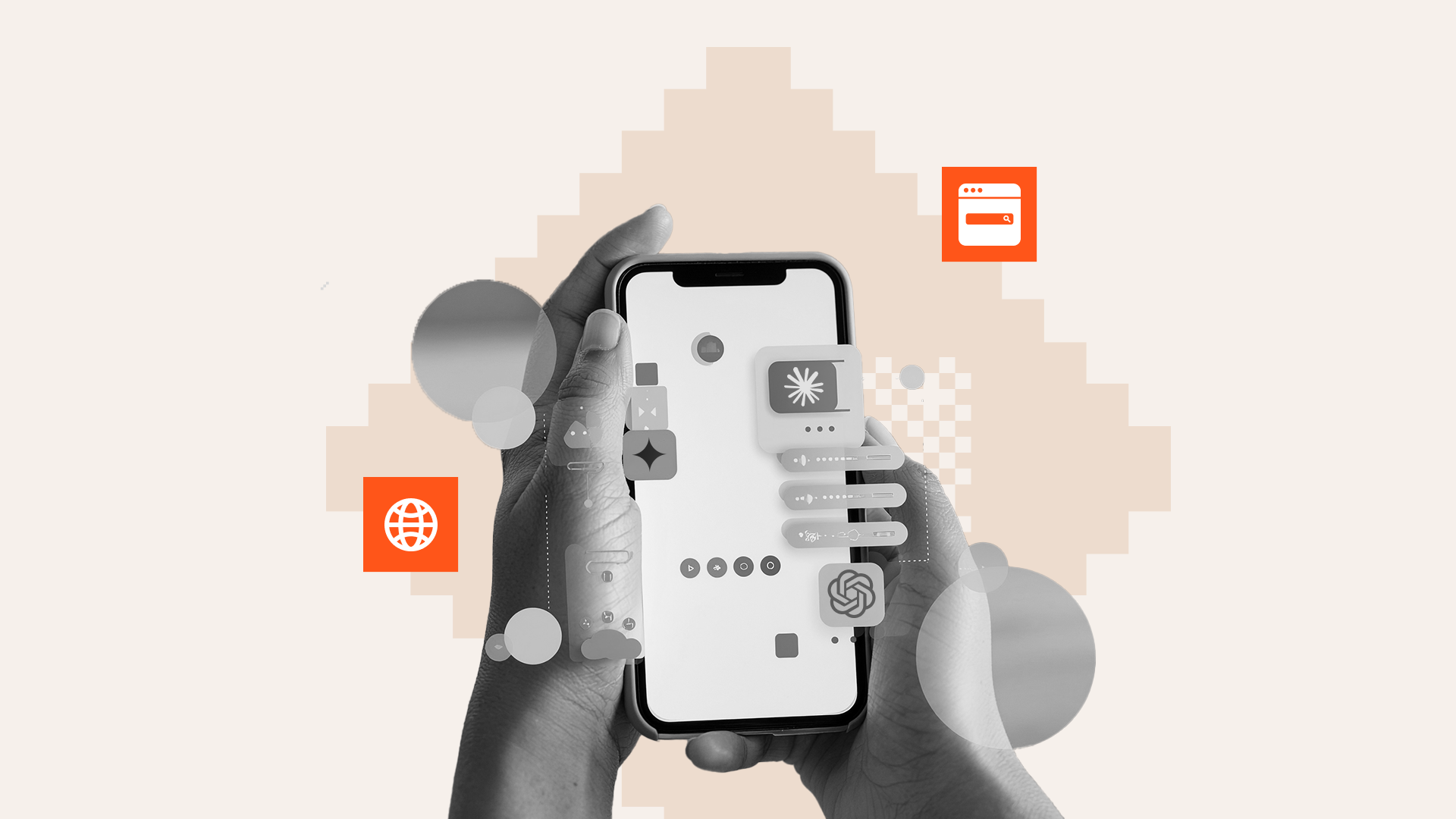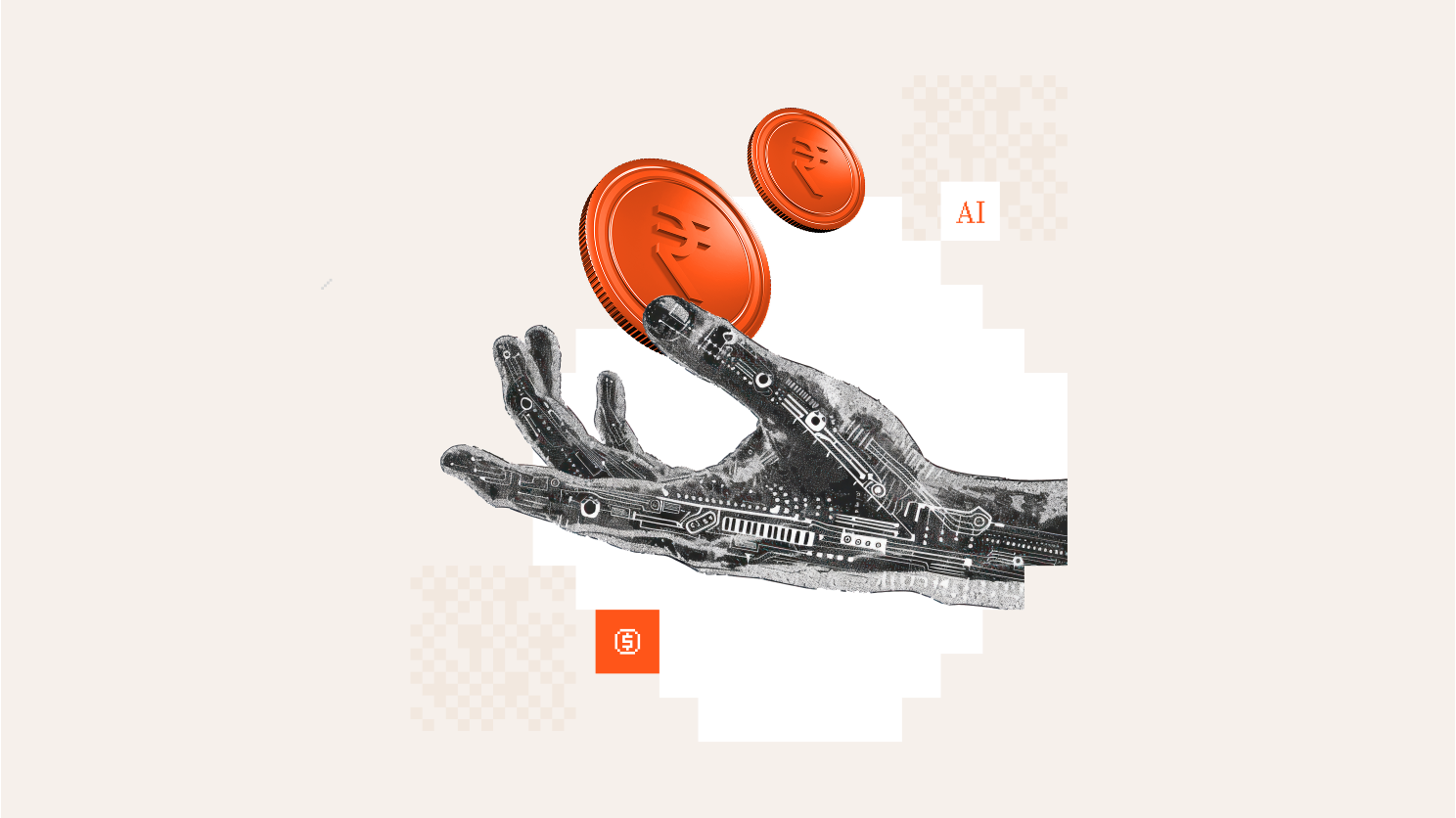Key Takeaways
• AI finally cracks Bloom's "two sigma" problem: One-on-one tutoring that puts students in the 98th percentile is now deliverable at scale for a few paise per query.
• LLM costs collapsed 20x since 2023, converging with India's urgent need—where one teacher handles 25 students, double the ratio of Western countries.
• India's billion-dollar offline tuition market is vulnerable: Parents stayed loyal because previous edtech couldn't deliver outcomes; AI tutors with instant feedback and vernacular support finally can.
• Global proof points show the path: Squirrel AI maps 13,000 micro-skills, Santa TOEIC delivers triple-digit score gains, and Duolingo Max engages 50+ million monthly users with conversational practice.
• Three simultaneous unlocks create the opening: Personalized learning paths, vernacular voice access, and teacher workload automation (cutting grading time up to 90%) address India's entire education stack.
Benjamin Bloom’s “two sigma” experiment showed that a student tutored one to one outperforms ninety-eight percent of peers in a traditional class. For thirty years digital learning chased that benchmark with video playlists and basic quizzes, and never quite got there. AI finally unlocks the missing ingredient: a tireless tutor that listens, probes misconceptions, and guides in plain language at the cost of a few paise per query. In a country where one teacher often handles twenty-five students (double the ratio of many western countries) true personalisation is not a luxury, it is the only practical way to close learning gaps.
The timing is perfect. The cost of running large language models has collapsed more than twenty-fold since 2023 while governments and boards are actively piloting AI in classrooms. Indian households still place education in their top three spends and the offline tuition market is measured in billions of dollars. Earlier edtech waves struggled to keep learners engaged long enough to deliver outcomes so parents stayed loyal to chalk-and-talk institutes. Always-on AI tutors, vernacular voice lessons, and teacher copilots promise improved learning outcomes and happier classrooms. With technology finally ready, the largest consumer spend pool in India is up for grabs again, this time with the firepower to deliver.
Personalisation: The Tutor Every Learner Deserves
Imagine a maths lesson that slows down until you are ready to move on, or a private coach that answers a shy question at midnight without judgement. Thanks to AI this is no longer wishful thinking. AI can now read every attempt, catch a misconception on the spot and adjust the next step for each learner. Teachers get a live view of who needs help long before marks dip, while students build confidence through instant, personal feedback. Personalisation has shifted from a fringe feature to the heartbeat of the next wave of education companies.
What does this look like in the wild? Three products already show how deep adaptivity can work at scale.
Khanmigo · Khan Academy
A GPT-4 assistant embedded in every Khan Academy exercise. Instead of giving answers it asks learners to explain their steps, offers context-specific hints, and can switch languages on the fly. Teachers get auto-generated quizzes and lesson outlines built from last night’s pain points, closing the loop between practice and instruction. Early school pilots report stronger concept recall and lower hand-raising anxiety.
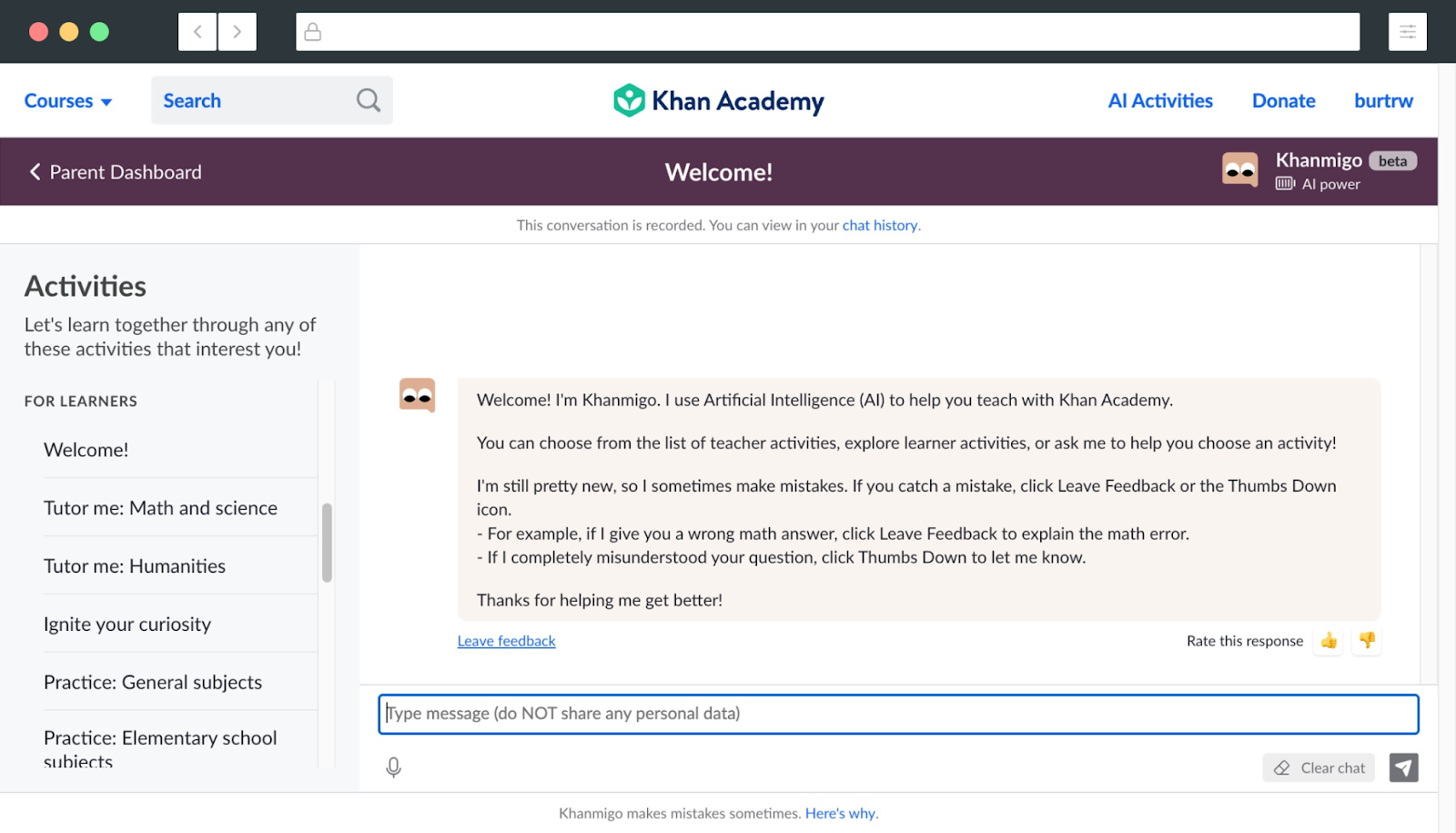
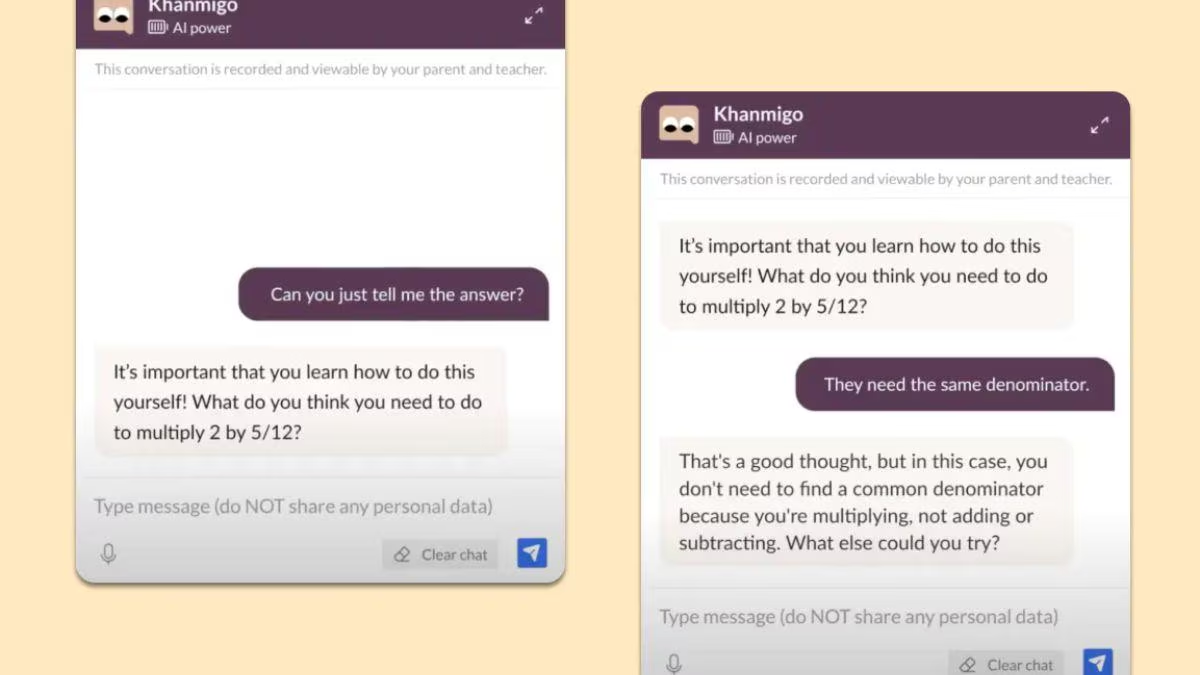
Squirrel AI · China
Hundreds of after-school centres run on a mastery graph of thirteen thousand micro-skills. The platform pinpoints a learner’s weakest node within minutes and writes a bespoke path while human coaches focus on motivation. Independent studies show score gains that match elite tutors at a fraction of the price, proving that deep adaptivity can work in brick-and-mortar settings.
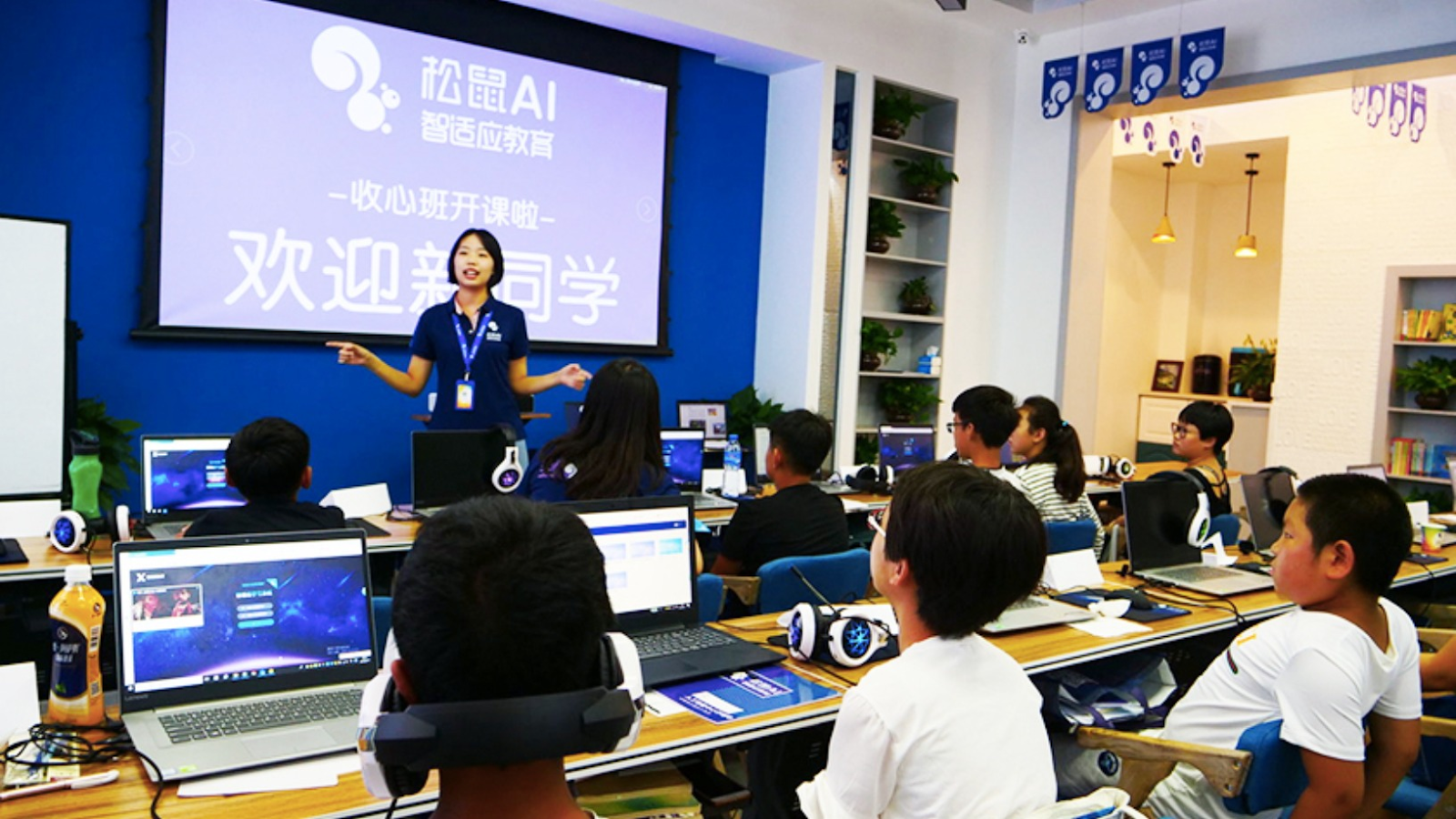
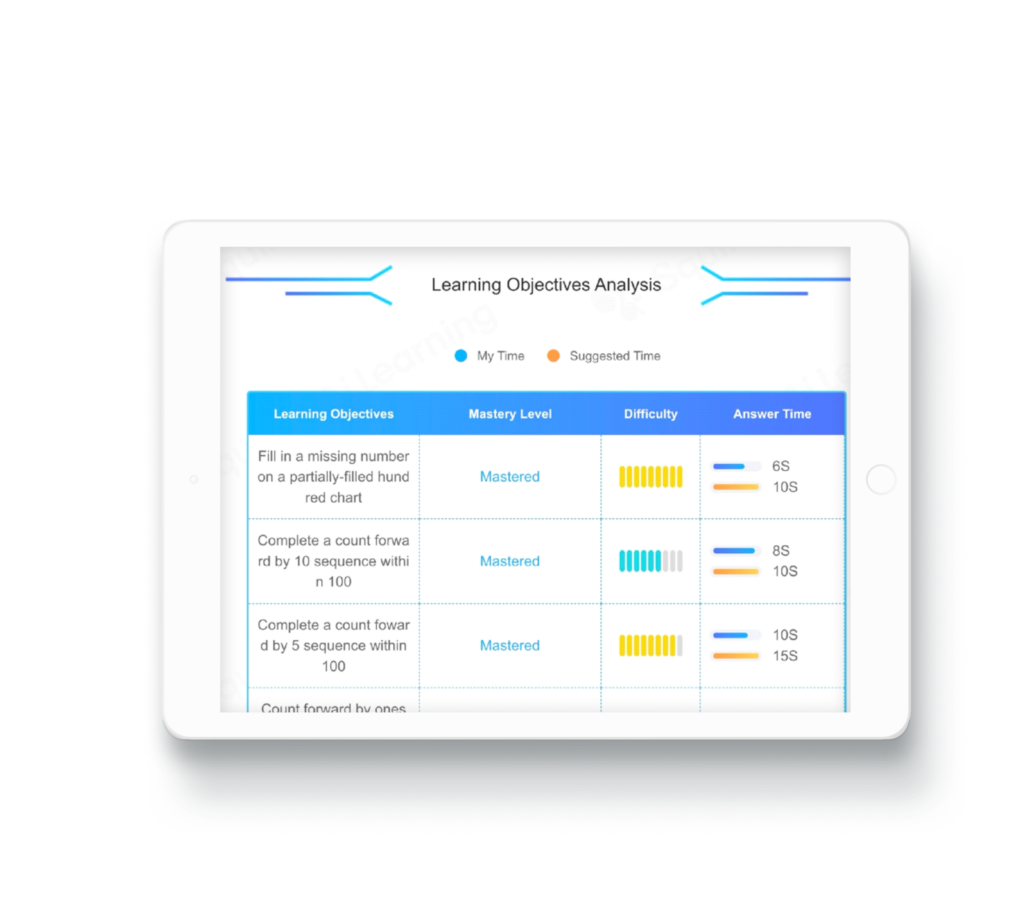
Santa TOEIC · Riiid, Korea
Ten diagnostic questions predict a user’s TOEIC score, then the app serves only the items most likely to lift that score. Twenty minutes a day has delivered triple-digit improvements, powered by a data moat of three hundred million past attempts and real-time difficulty tuning. Progress bars, micro-goals, and short video tips keep engagement high.
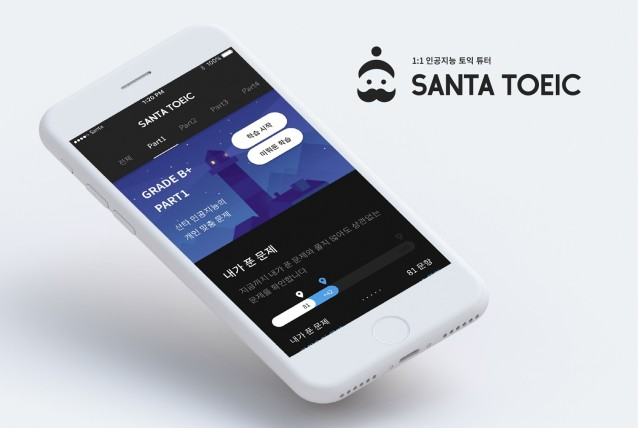
Bringing true personalisation to India
- Map content to NCERT, state boards, and major entrance exams.
- Offer chat and voice in English, Hindi, and key regional languages.
- Optimise models for entry-level phones and patchy data, with offline fallback.
- Pair software with affordable mentors in coaching centres to build parental trust.
With these tweaks AI can give every Indian learner the attention once reserved for a privileged few and let educators focus on inspiring rather than firefighting.
Access: Bringing World-Class Lessons To Every Tongue
AI is breaking two of the toughest barriers in learning. First, it lets anyone practise a new language in a safe conversation with a patient partner that never tires or judges. Real-time speech recognition and large language models can listen, correct and encourage exactly the way a skilled tutor would. Second, the same technology can spin vast course libraries into dozens of scripts and voices for pennies, putting polished content in the language a learner hears at home. Personal practice and mass localisation now travel on the same rails, opening classrooms and careers that were locked behind English or expensive teachers.
Who is already proving this at scale? Two products point the way and give clear clues for local builders.
Duolingo Max
Premium tier with GPT-4 roleplay chats and instant answer explanations. Learners talk to AI characters, see sentence-level corrections, and keep motivation high with streaks and leaderboards. More than fifty million monthly users and rising willingness to pay show that conversational practice is finally mainstream.
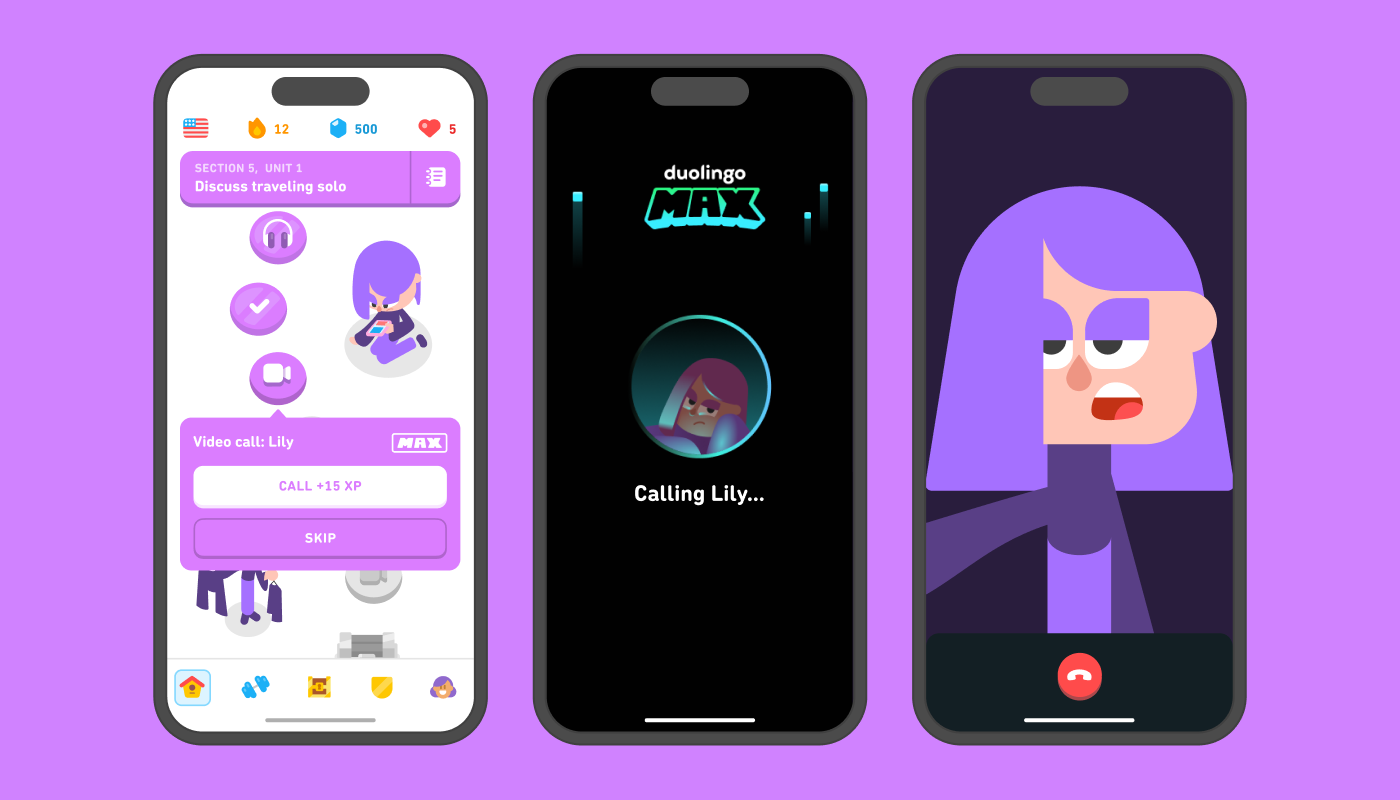
Coursera AI Translation
An in-house model turns instructor scripts into subtitles, quizzes and voice-overs in fifteen plus languages within days. Universities keep academic accuracy while opening courses to non-English learners at zero extra cost. Tens of millions have taken a translated course since launch, proof that localisation unlocks latent demand at scale.
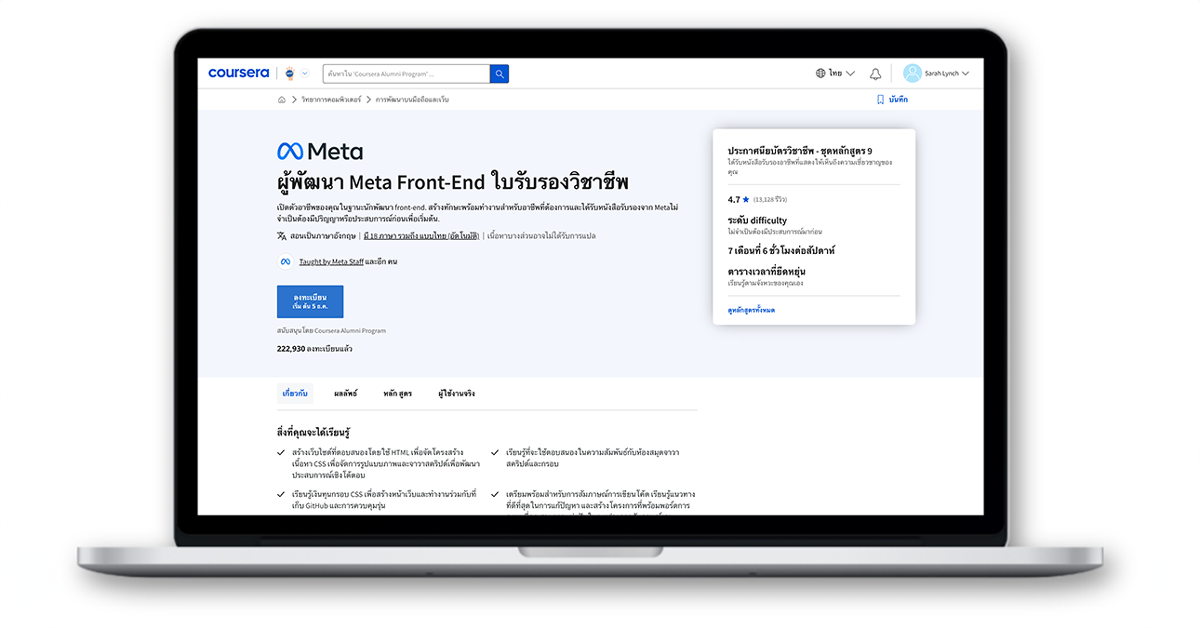
Making access work for India
- Weave Indian cultural references into dialogues and examples so content feels familiar.
- Let users read and write in English while hearing explanations in their local tongue, mirroring real classrooms.
- Keep models lightweight, cache lessons offline and price tiers in rupees for low-income segments.
Done right, every entry-level phone can become a personal language studio and every state school can tap a global curriculum in its own script.
Workload Reduction: Giving Teachers Their Time Back
A typical teacher spends almost as much time on paperwork and grading as on live instruction. Lesson plans, rubrics, attendance logs, report cards, and piles of answer sheets eat into hours that could be used for mentoring. AI copilots now draft the first cut of a lesson, build quizzes in minutes, and even cluster hundreds of answer scripts so a single comment applies to similar responses. The promise is simple: automate the repetitive chores so educators can focus on teaching and feedback that only a human can give.
What does this look like on the ground? Two products already handle millions of tasks that once filled a teacher’s evenings.
MagicSchool AI
A web toolkit with more than eighty generators for lesson plans, exit tickets, IEP goals, parent emails, and rubric builders. Teachers type a topic or standard and get a first draft in seconds. Surveys across five million registered educators show time savings of one to two hours per week and a higher rate of differentiated assignments because planning friction drops.
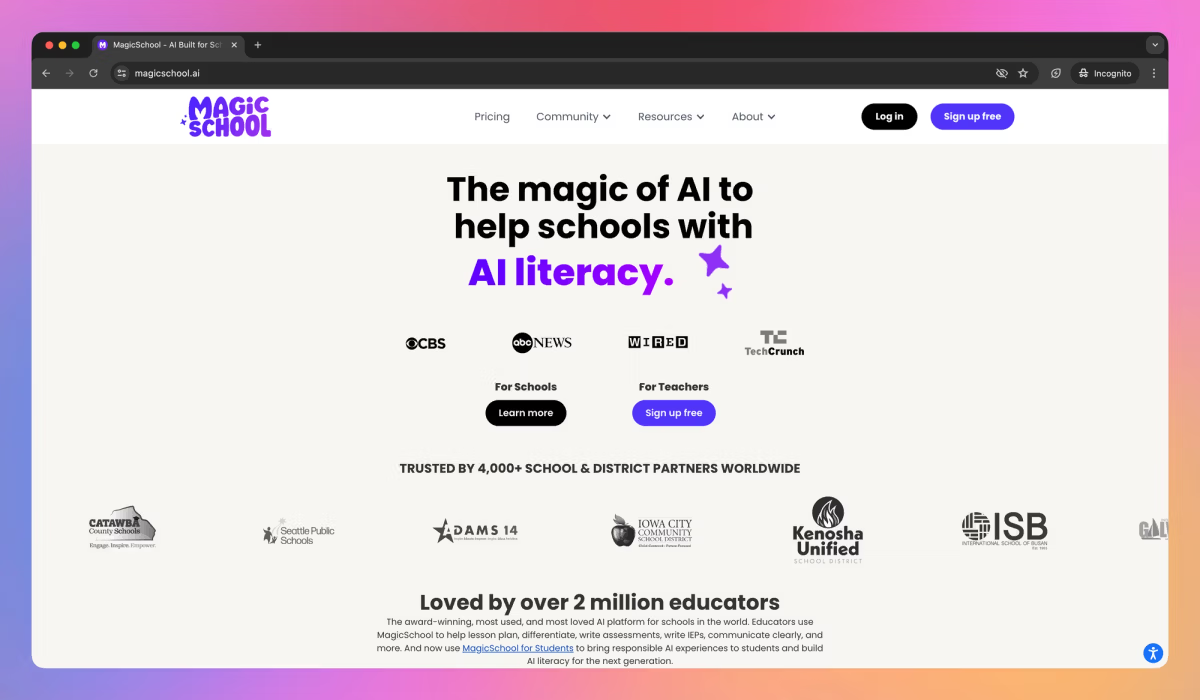
Gradescope
Originally spun out of UC Berkeley and now part of Turnitin, Gradescope lets instructors scan handwritten exams and assignments. Computer vision groups similar answers and applies a single rubric point across the set while flagging outliers for human review. Instructors report grading time cut by up to ninety percent on large STEM and essay exams, with analytics that highlight which concepts tripped up the class.
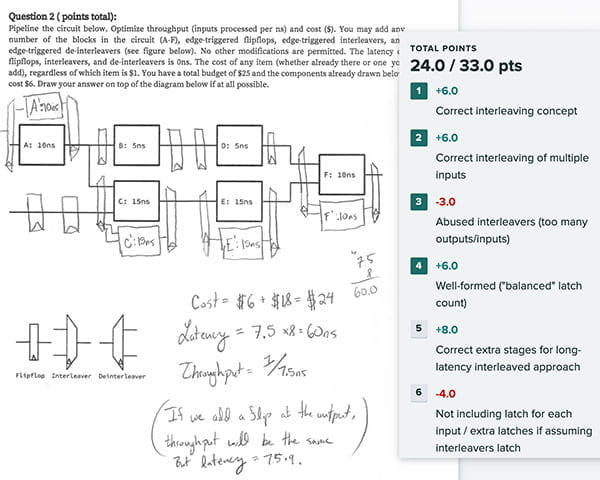
Making workload relief work for India
- Train models on Indian marking schemes so the AI recognises local rubrics for CBSE, state boards, and university papers.
- Prioritise large subjective answer sets, for example medical college finals and UPSC mains, where skilled evaluators are in short supply.
- Support bilingual comment banks so teachers can annotate in English and students receive feedback in their regional language.
- Keep scanning and upload tools light enough to run on low cost school hardware and under spotty campus bandwidth.
With these tweaks an AI grader or lesson planner can turn late night marking sessions into extra time for lesson enrichment, mentoring, or simply a well earned breather.


.png)
.png)
